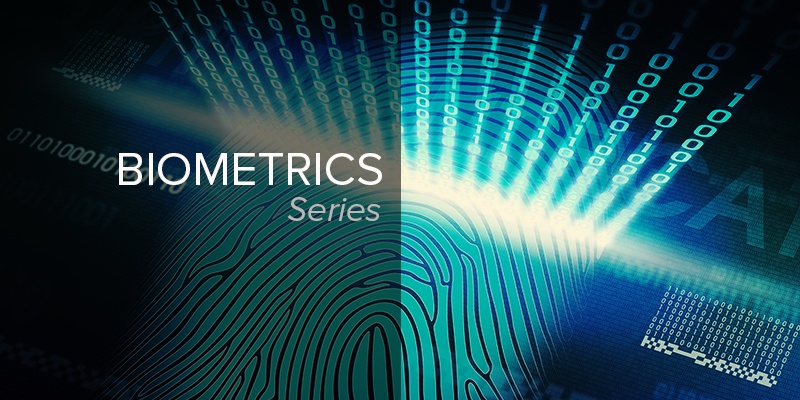
Fingerprint is the most widely used biometric technology. Fingerprints are unique to individuals and cannot be lost or stolen making them highly accurate and reliable. The concept of fingerprint biometrics has been in existence for thousands of years and more recently in the nineteenth century, fingerprints started being used by criminologists for identifying criminals. The consistent collection of fingerprints by law enforcement and the government has helped to perfect the process. Additionally, the adoption of the technology by mobile smartphones manufacturers (such as Apple and their fingerprint technology) has made it ubiquitous.
Commercial buildings and properties use fingerprint biometrics for access control to make the process faster, more accurate, secure and efficient. Here are some benefits of this technology that has helped its extreme growth in the access control market:
- Established and tested
- Low False Rejection Rate (FRR) and False Acceptance Rate (FAR). When looking at the big three biometrics (fingerprint, facial and Iris recognition) iris is the only more accurate technology.
- Easy to use – People are familiar with the technology and know how it works
- Easy to install – The technology can stand alone or be easily integrated into most security systems
- Lower cost – The cost of fingerprint sensors is lower than most other biometrics
On the flip side here are some of the downsides of biometric fingerprint technology:
- Spoofing – There is evidence that some fingerprint systems can be spoofed with molded or reproduced prints
- Worn or scarred fingerprints – Older people and those who work with their hands tend to have worn or scared fingerprints and often sensors can’t pick up their prints
- Non-hygienic – Most fingerprint sensors require that each person physically puts his/her finger(s) on a reader. That makes fingerprint technology less hygienic than other contactless biometrics
- Users must be compliant – Unlike facial recognition people using fingerprint technology must cooperate to use the technology. They have to touch the sensor to make the system work.
There are four main types of fingerprint sensors – optical, capacitive, ultrasound/ultrasonic and thermal line sensors. Optical sensors, the most common type of fingerprint reader, are the least expensive but also the most prone to spoofing. Capacitive readers (CMOS) use an electrical current to form an image of the fingerprint. Ultrasound/ultrasonic readers use high frequency sound waves to penetrate the epidermal (outer) layer of skin. Although the price is higher than the other options, ultrasound readers are becoming a popular method because they’re extremely accurate and difficult to spoof. Finally, thermal readers are more environmentally sensitive. They sense the difference of temperature in between fingerprint ridges and valleys but use higher power consumption and aren’t as cost efficient.
The National Institute of Standards and Technology (NIST), part of the U.S. Department of Commerce, has been working for more than a decade to come up with a contactless fingerprint scanner and some manufacturers are starting to offer devices that can capture four fingerprints with the wave of a hand. This technology is new and continues to be tested.
